Page Not Found
Page not found. Your pixels are in another canvas.
A list of all the posts and pages found on the site. For you robots out there is an XML version available for digesting as well.
Page not found. Your pixels are in another canvas.
About me
This is a page not in th emain menu
Published:
This work describe the populations ditribution and public transportation network runing condition in Mianyang, China 
Published:
This work uses visual analysis technology to optimize the base station network to achieve the goal of green base station network.
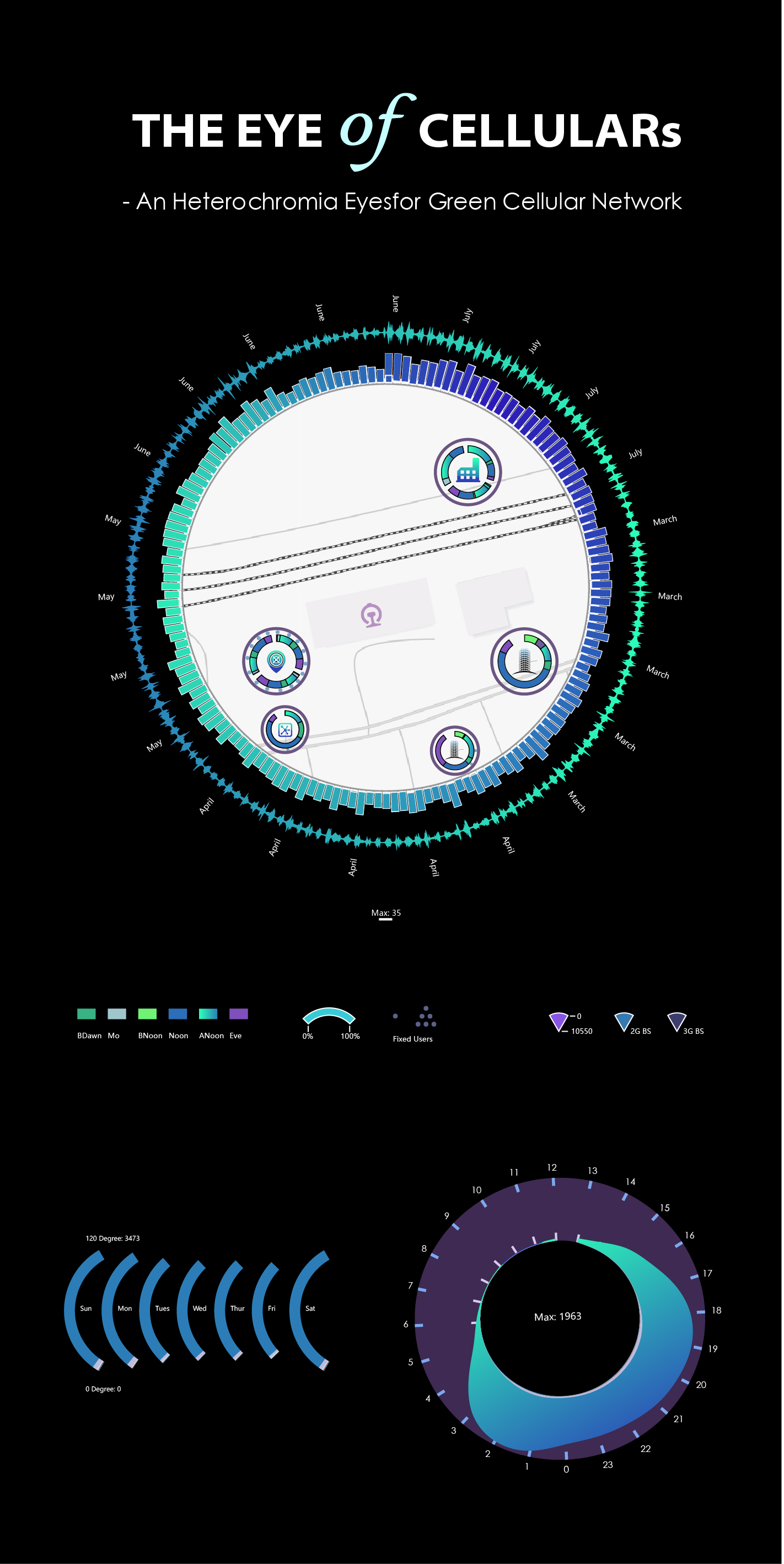
Published:
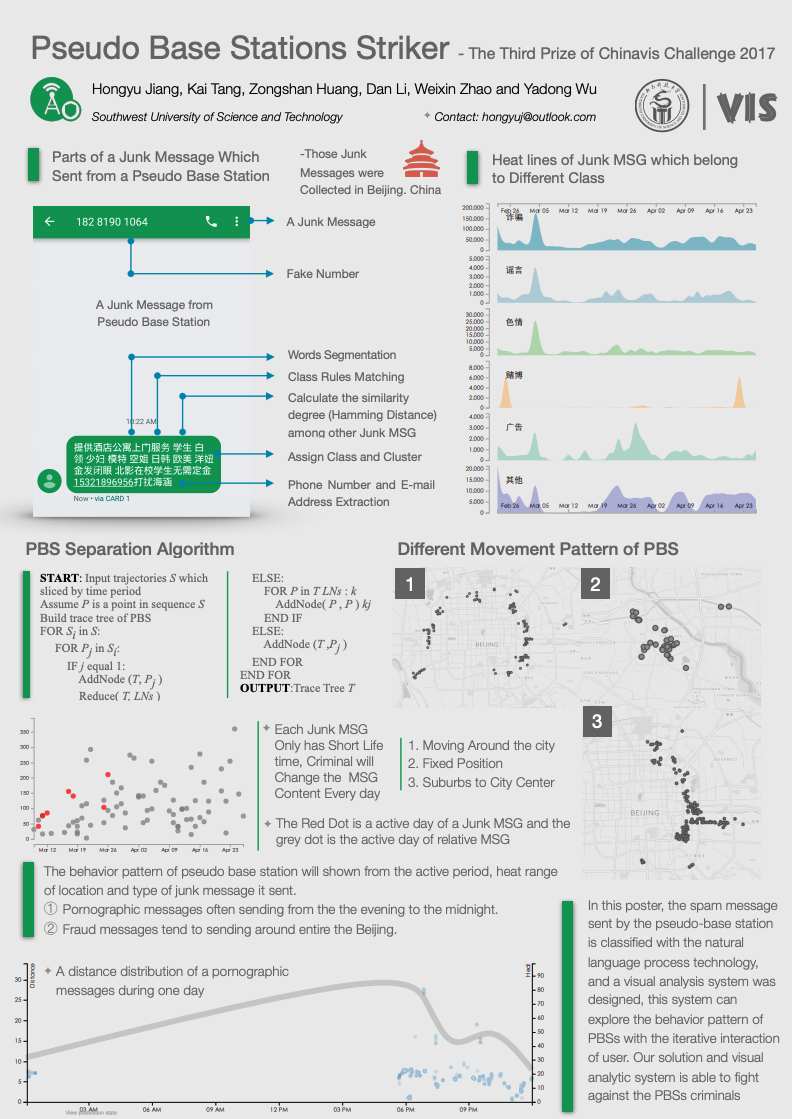
Published:
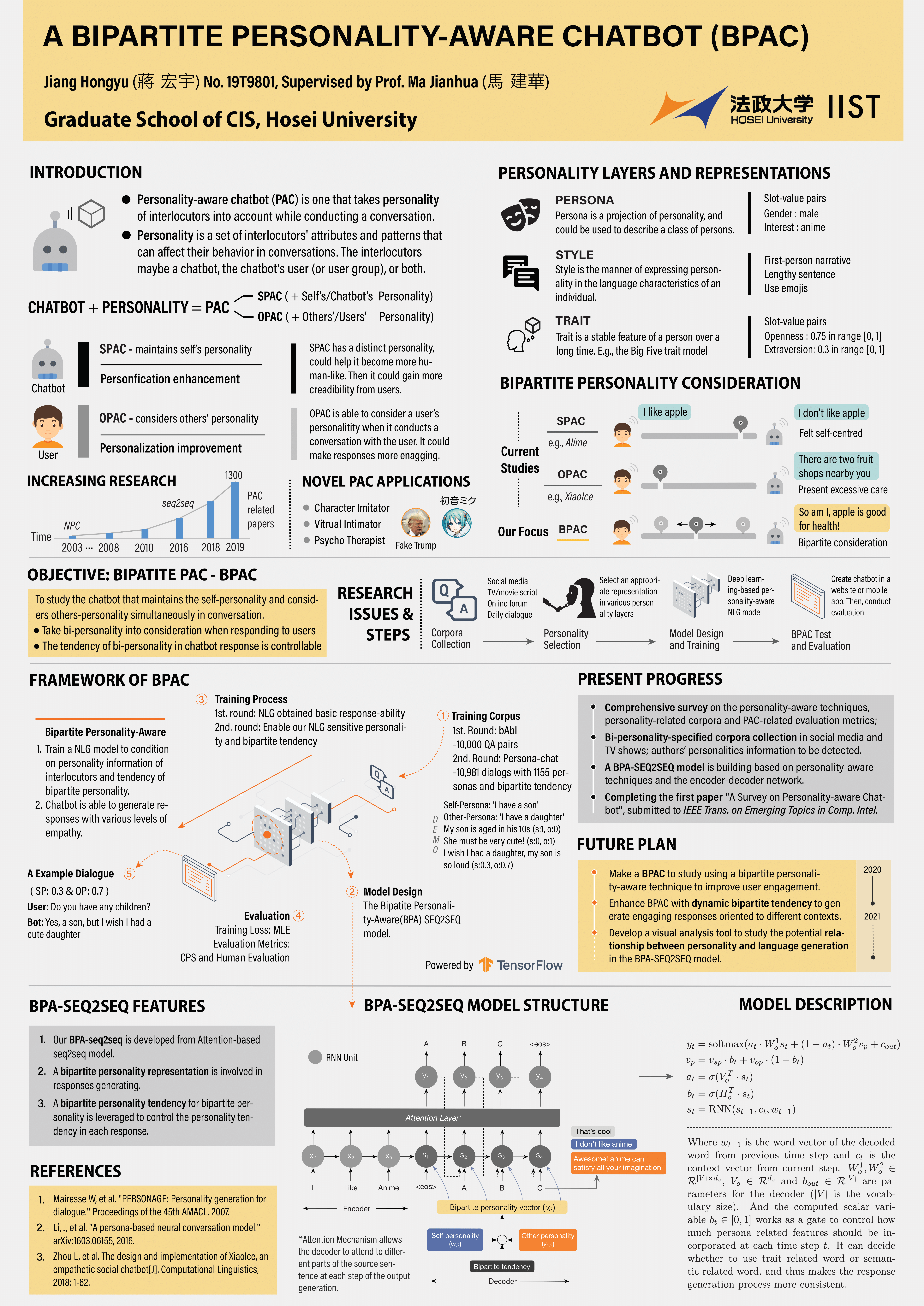
A visualization dashborad for present statistical information in large screen.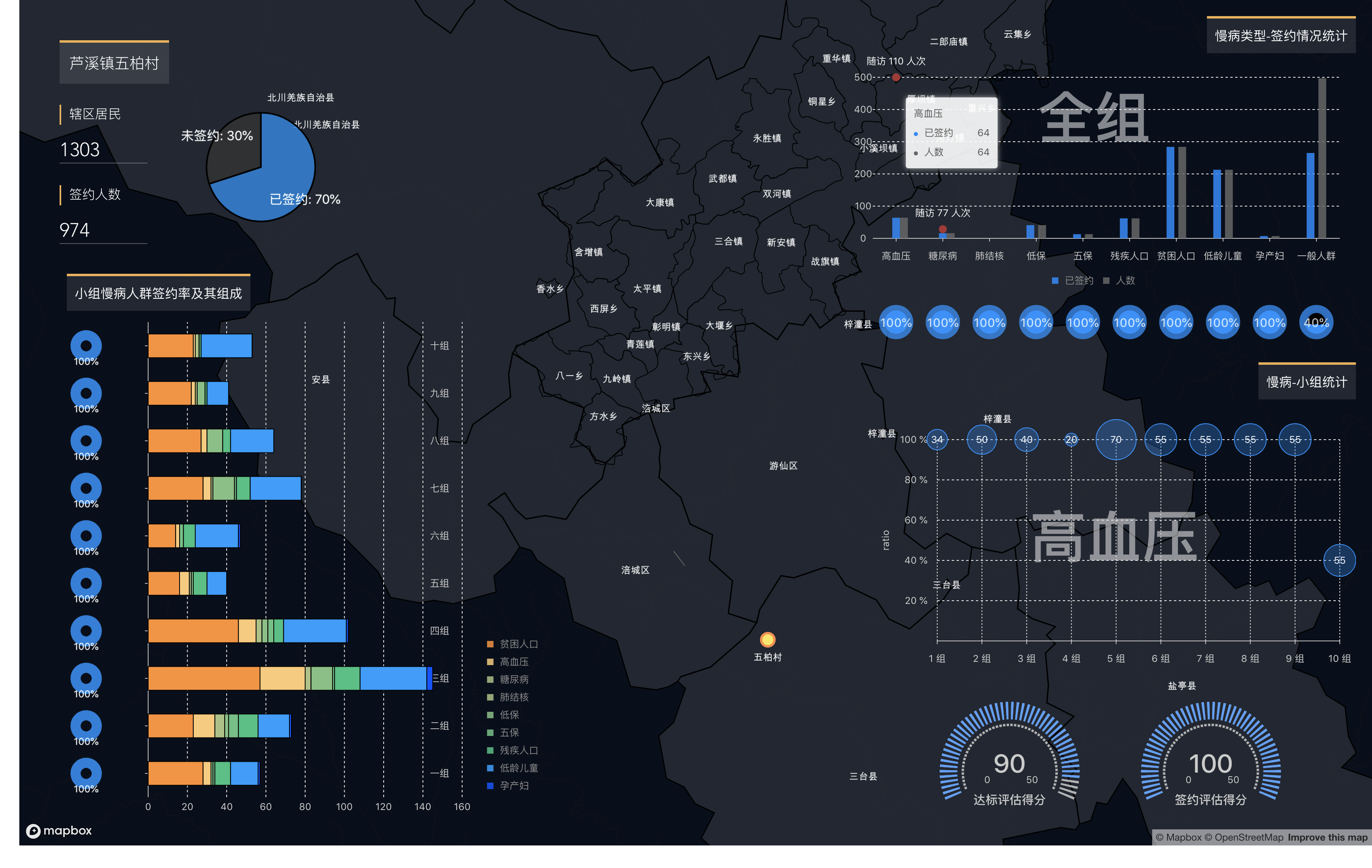
Using visual analysis technology to help security staff to find and understand the security events.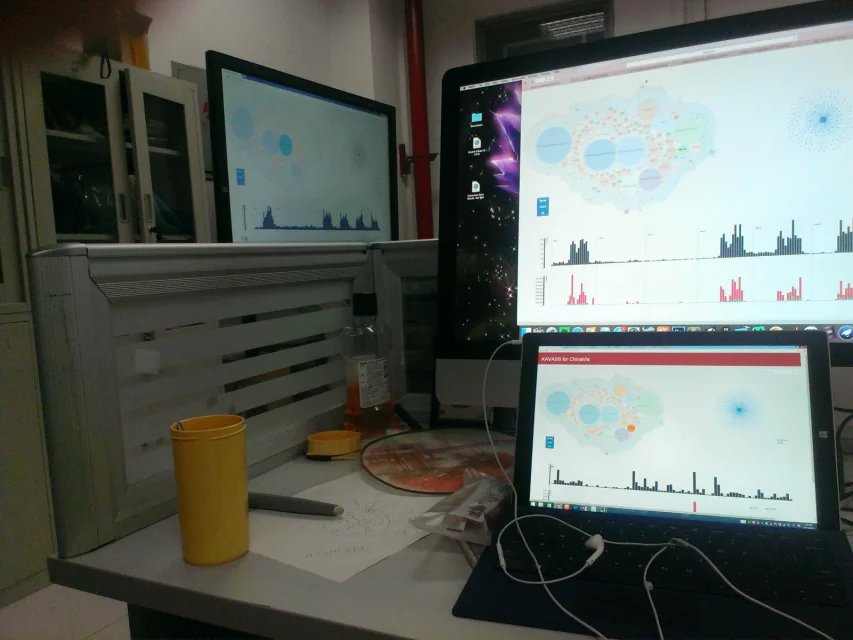
Make visualization is easier to build with more nature interactions. 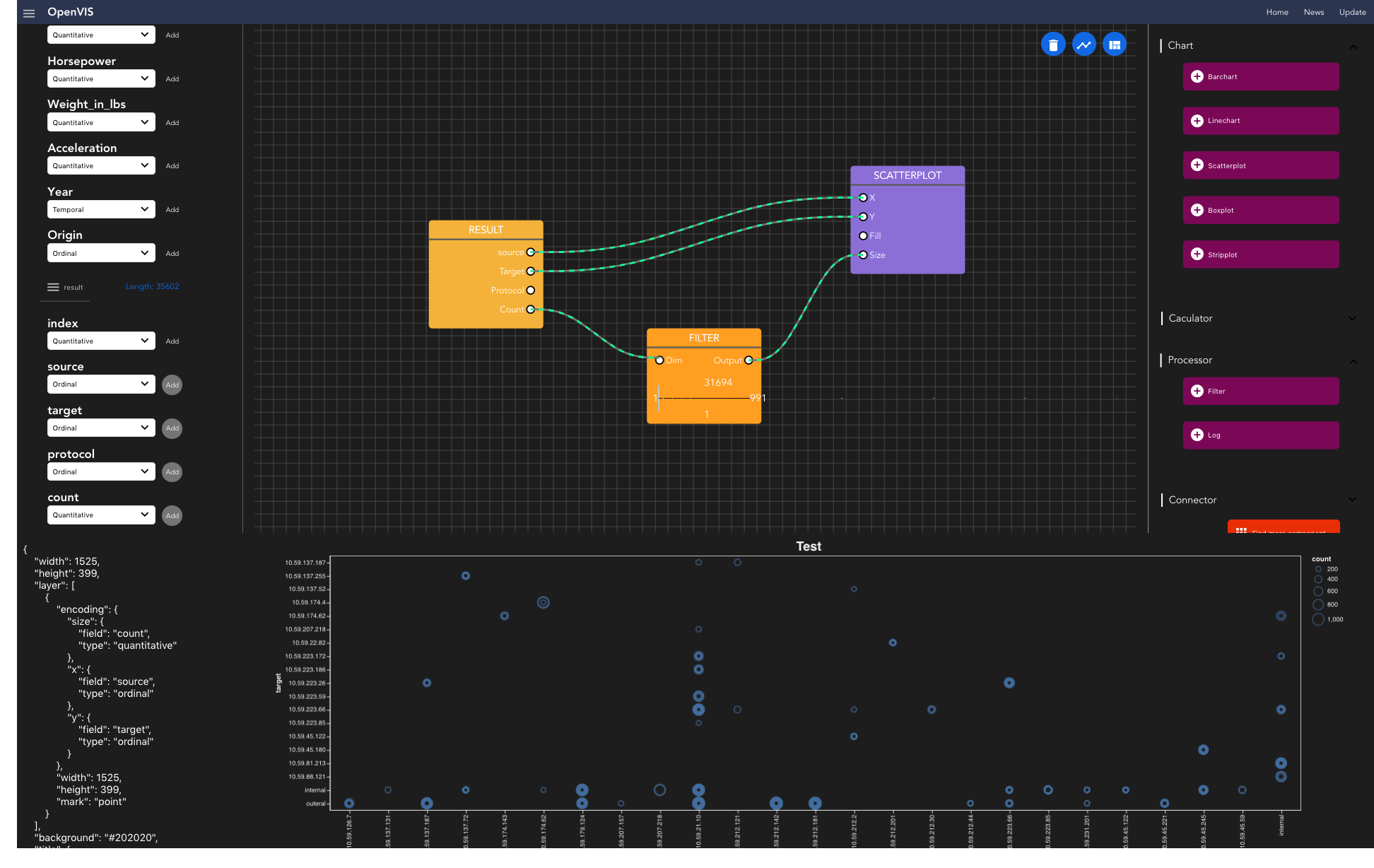
Road network’s condition assessment and monitoring. 
Exploring the features in tourist areas for who getting ready for a travel. 
Published in Journal of Visualization, 2014
Driven by the increasing use of mobile phone’s user, major telecommunication providers deploy more base stations to cover a wider geographic area. However, that leads to soaring energy consumption. The primary contribution of this paper is to propose a visual analytics approach to enhance energy awareness for cellular network planning. With the goal of increasing energy efficiency and maintaining the quality of service, we present a map-based visual analysis tool called Aureole for the exploration and analysis of cellular networks in spatial and temporal aspects. Moreover, it was designed with circular composition theory to allow users to concentrate on the area of interest while not losing the context information. With this method, users can conduct a multi-level analysis of the cellular network. Finally, we show the effectiveness of the approach in a set of usage scenarios.
Recommended citation: Wu Y, Wang S, Wang H, et al. A total variation-based hierarchical radial video visualization method[J]. Journal of Visualization, 2015, 18(2):255-267. https://link.springer.com/article/10.1007/s12650-014-0266-6
Published in 电子科技大学学报 / Journal of the University of Electronic Science and Technology of China, 2015
Driven by the increasing use of mobile phone’s user, major telecommunication providers deploy more base stations to cover a wider geographic area. However, that leads to soaring energy consumption. The primary contribution of this paper is to propose a visual analytics approach to enhance energy awareness for cellular network planning. With the goal of increasing energy efficiency and maintaining the quality of service, we present a map-based visual analysis tool called Aureole for the exploration and analysis of cellular networks in spatial and temporal aspects. Moreover, it was designed with circular composition theory to allow users to concentrate on the area of interest while not losing the context information. With this method, users can conduct a multi-level analysis of the cellular network. Finally, we show the effectiveness of the approach in a set of usage scenarios.
Recommended citation: 吴亚东, 蒋宏宇, 赵思蕊, et al. 网络安全数据3D可视化方法[J]. 电子科技大学学报, 2015, 44(4):594-598. http://www.xb.uestc.edu.cn/nature/index.php?p=pdfdownload&file=public/uploadfiles/UESTC20150420.pdf&item_id=1706
Published in Journal of Visual Languages and Computing, 2017
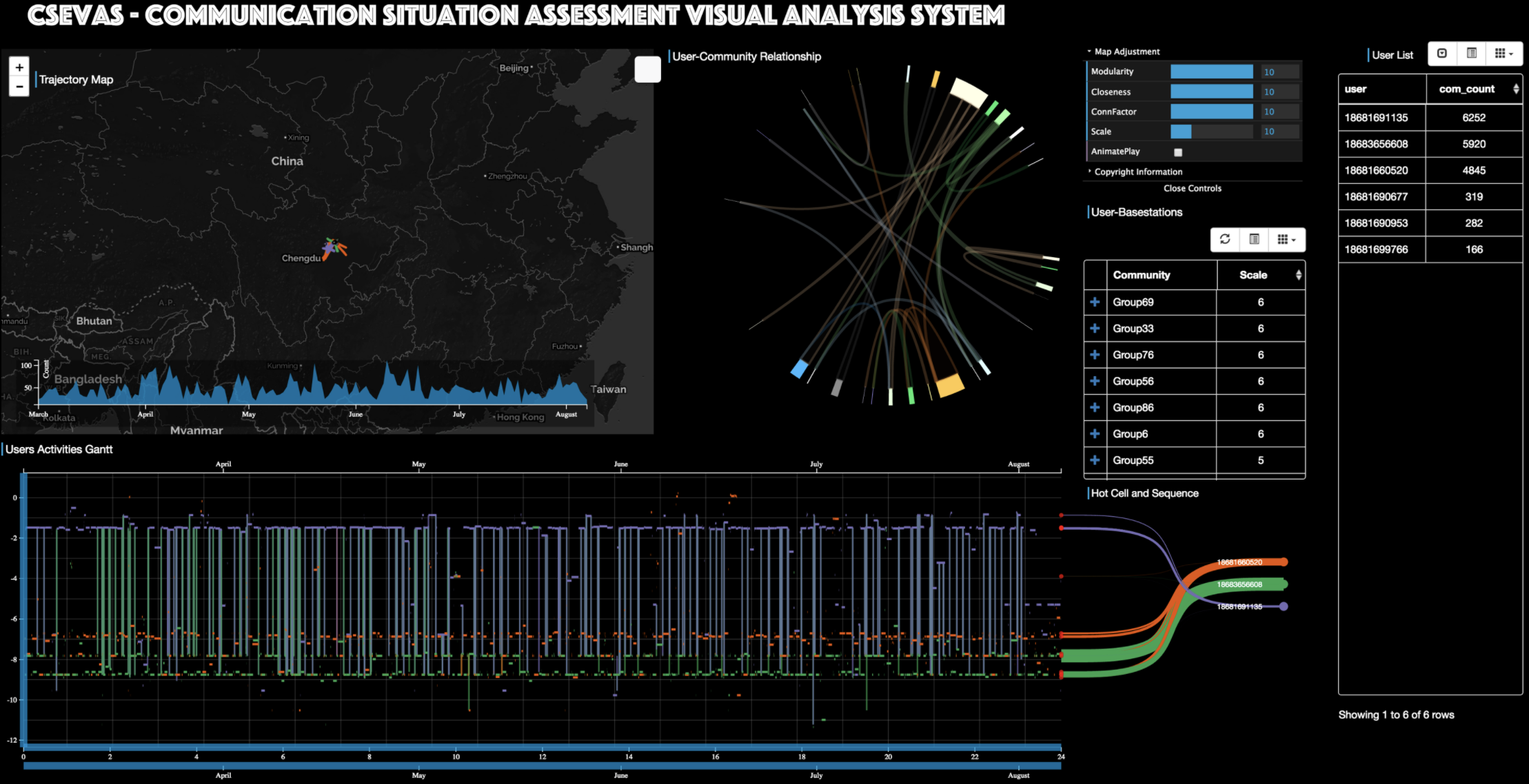
Recommended citation: Jiang H , Tang K , Zhao W , et al. Aureole: a multi-perspective visual analytics approach for green cellular networks[J]. Journal of Visual Languages and Computin, 2017, 21(12):1-10. http://www.sciencedirect.com/science/article/pii/S1045926X16301495
Published in 《浙江大学学报 (理学版)》/ Journal of Zhe Jiang University (Sci. Edition), 2018
Mobile data imply various information, including spatiotemporal characteristics and the social relations of human activities, which have great value for human behavior exploration. In order to analyze and understand the activities of mobile users, a mobile data visual analytics framework is proposed focusing on users activity understanding based on the spatiotemporal and social features of mobile data. And, a visual analytic system for mobile data is also built, which aims to explore mobile users behavior patterns in the different period, detect their social roles and discover the real social relations. It has been examined with mobile data in a city, and the results prove the effectiveness of the proposed method.
Recommended citation: 蒋宏宇, 吴亚东, 赵韦鑫,等. 面向用户行为理解的移动通讯数据可视分析[J]. 浙江大学学报:理学版, 2018(1):37-43. http://www.zjujournals.com/sci/fileup/HTML/20180107.htm
Published in Journal of Visualization, 2018

Recommended citation: Pei W, Wu Y, Wang S, et al. BVis: urban traffic visual analysis based on bus sparse trajectories[J]. Journal of Visualization, 2018(2):1-11. https://link.springer.com/article/10.1007/s12650-018-0489-z
Published in Journal of Visualization, 2018
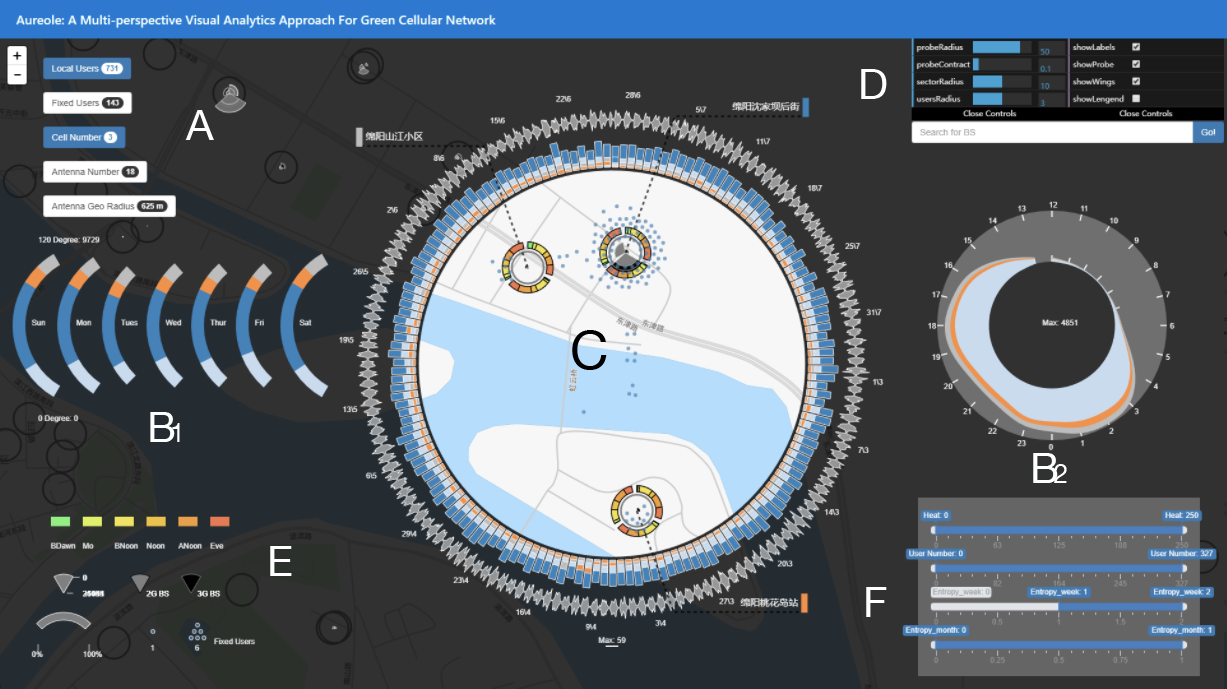
Recommended citation: Jiang H, Tang K, Zhao W, et al. Aureole: a multi-perspective visual analytics approach for green cellular networks[J]. Journal of Visualization, 2018, 21(3): 485-494. https://link.springer.com/article/10.1007/s12650-017-0467-x
Published in Journal of Computer Language, 2019
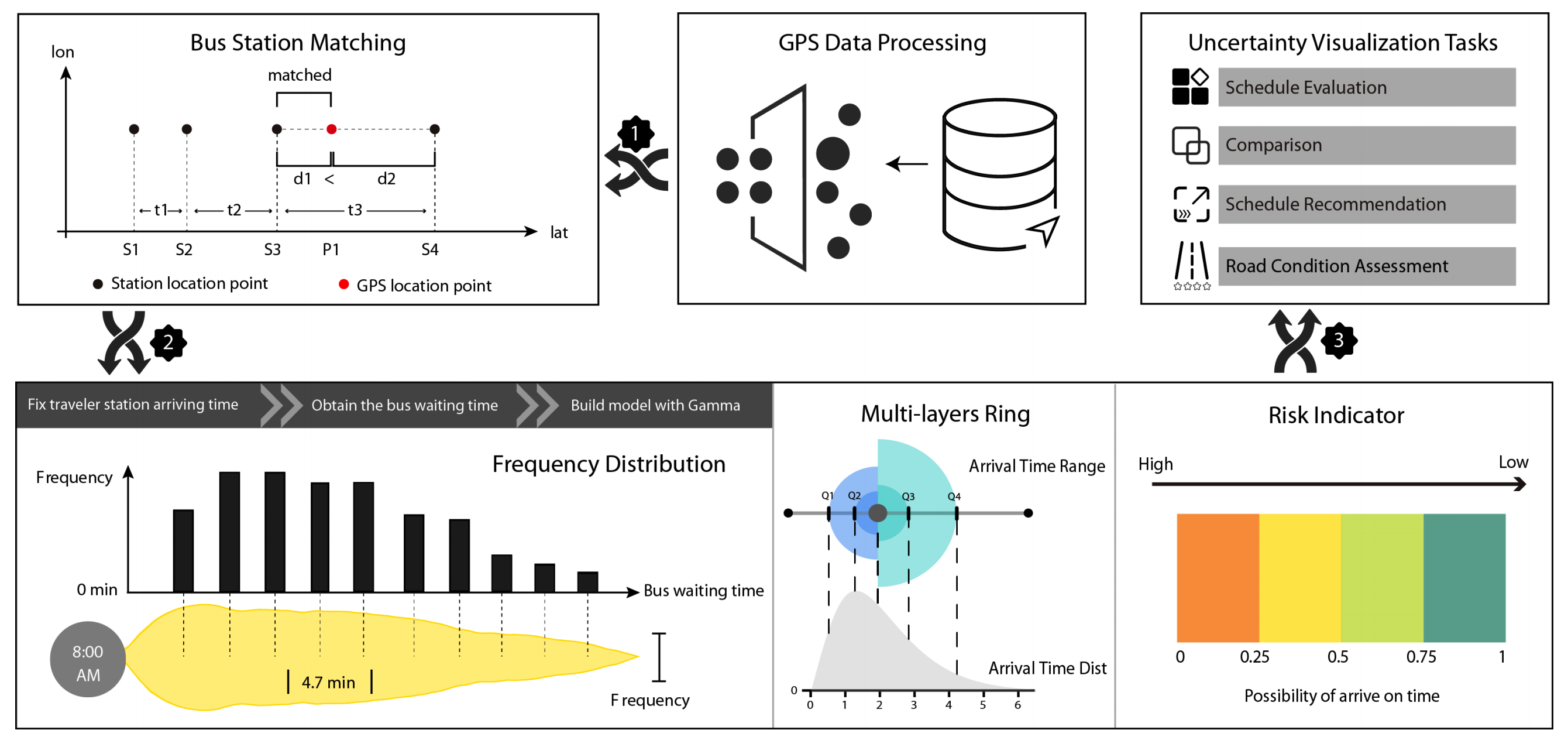
Recommended citation: Zhao W, Jiang H, Tang K, et al. Knotted-line: A Visual explorer for uncertainty in transportation system[J]. Journal of Computer Languages, 2019, 53: 1-8 https://www.sciencedirect.com/science/article/pii/S1045926X18300855
Published in 《计算机辅助设计与图形学学报》/ Journal of Computer-Aided Design & Computer Graphics, 2019
In recent years, the drawing of dynamic graphs has been a difficulty in the field of visualization. In this paper, we propose a novel visualization method to draw dynamic graphs. For dynamic graphs, the initial location of new nodes is especially important. Therefore, we use a variant of the SSBM (Sorted Sequential Barycenter Merging) algorithm to determine the initial position of the newly added nodes. In this process, when adding an additional edge, in order to ensure the beauty of the graph, we use the AER (Additional Edge Resizing) algorithm to readjust the size of the edge. In addition, in the update process of dynamic graphs, we introduce the concept of ‘grade’. We use ‘grade’ to ensure the stability of the graph structure. In order to simplify the calculation of the repulsive forces of the nodes in the updating process, we partition the nodes and proposed to calculate the repulsive force in the form of pseudo-nodes. The experiments show that our method has high performance and good layout effect.
Recommended citation: 张野, 王松, 吴亚东, 蒋宏宇, 王永程. 绘制动态图的IGP模型[J]. 计算机辅助设计与图形学学报, 2019(31-9):1599-1608. http://www.jcad.cn/jcadcms/show.action?code=publish_402880124b362464014b3c4d819803a1&newsid=b4b7745e393d48f7a58919bd3877f118
Published in IEEE ACCESS, 2020
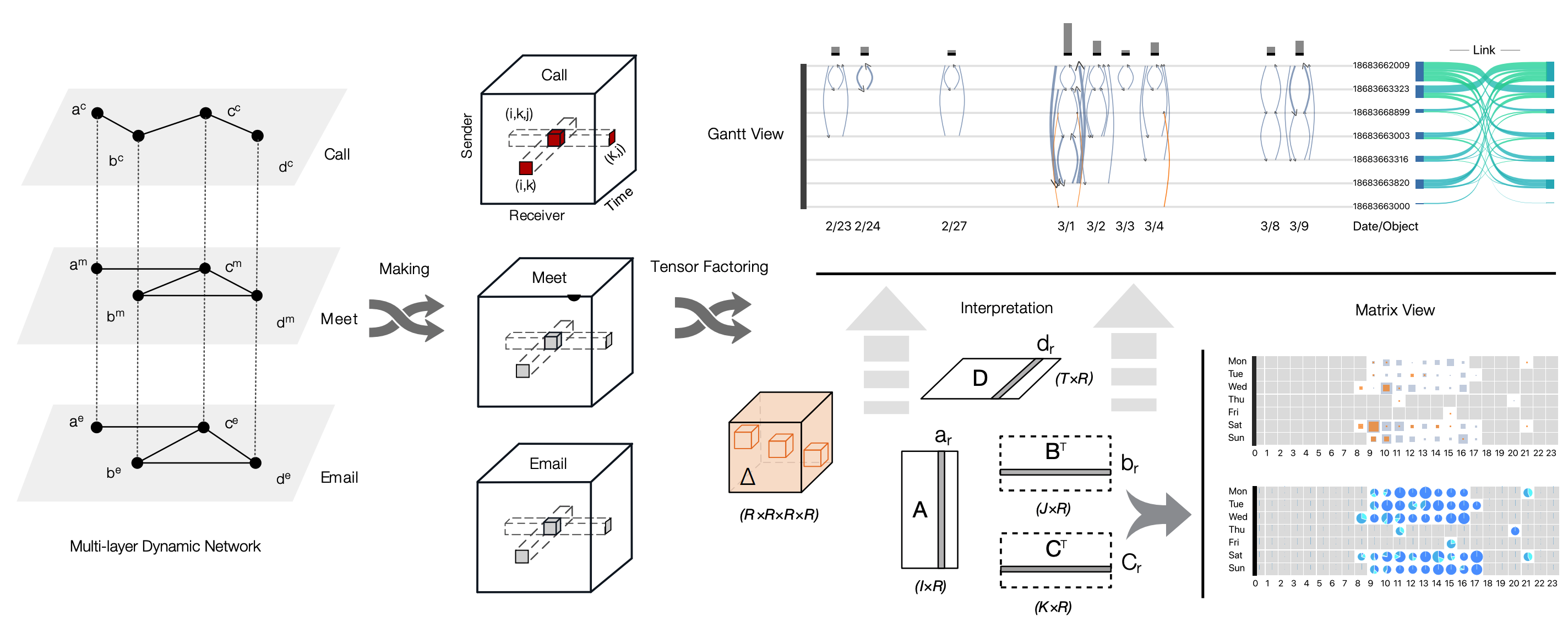
Recommended citation: Han D, Lu D, Zheng S, et al. Latent Patterns Detection andInterpretation in Multi-Layer TemporalNetwork[J]. IEEE ACCESS, 2020, 8: 132786-132798. https://ieeexplore.ieee.org/document/9144543
Published in 2020 IEEE Intl Conf on Cyber Science and Technology Congress (CyberSciTech), 2020
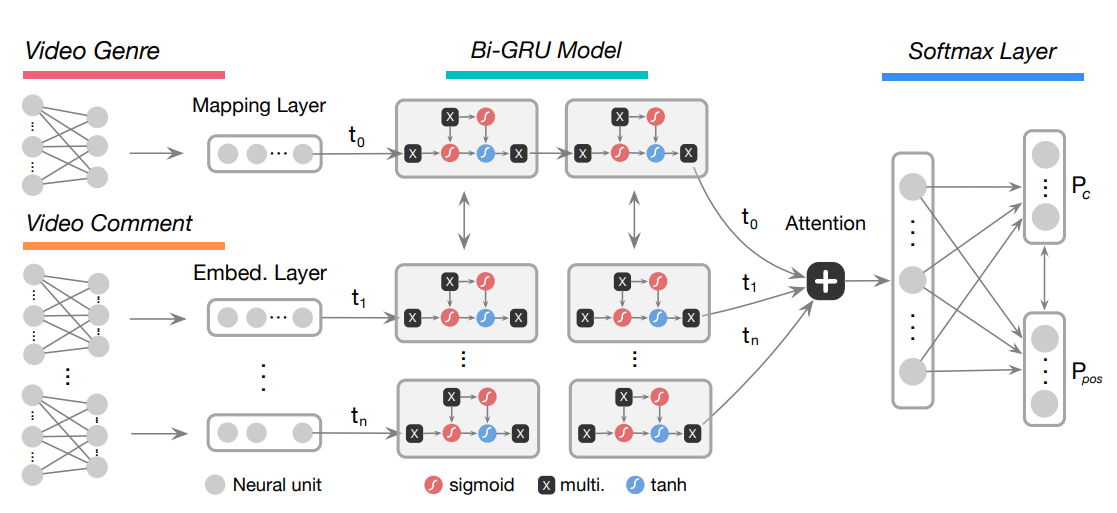
Recommended citation: Jiang H, Guo A, Ma J. Genre-based Emoji Usage Analysis and Prediction inVideo Comments. 2020 IEEE Intl Conf on Cyber Science and Technology Congress (CyberSciTech), IEEE, 2020, pp. 296–305. https://www.researchgate.net/publication/343229449_Genre-based_Emoji_Usage_Analysis_and_Prediction_in_Video_Comments
Published in IEEE International Conference on Cyber Physical and Social Computing, 2020
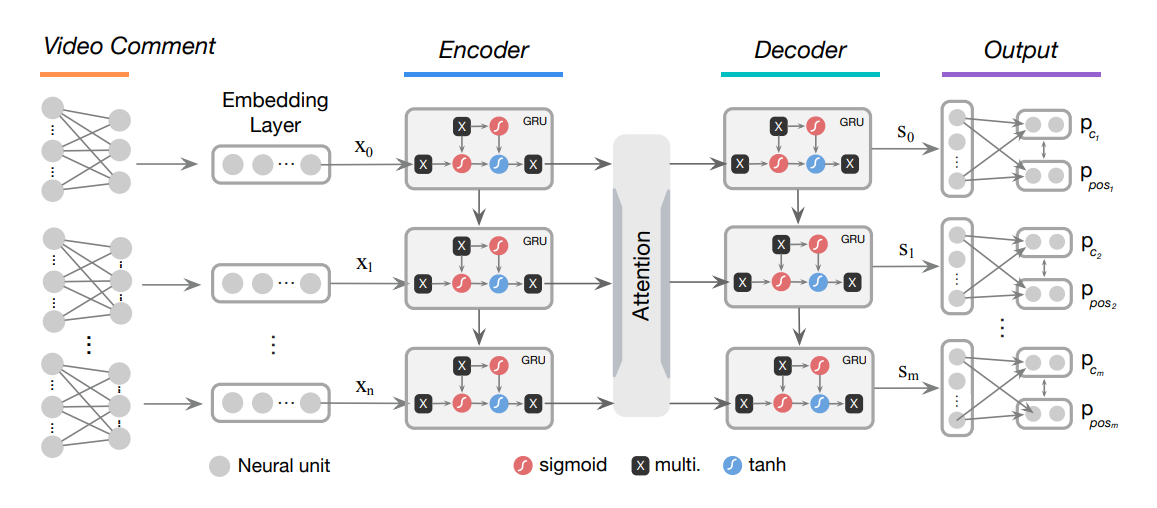
Recommended citation: Jiang H, Guo A, Ma J. Automatic Prediction and Insertion of Multiple Emojis in Social Media Text. 2020 IEEE International Conference on Cyber Physical and Social Computing, IEEE, 2020 https://www.researchgate.net/publication/344310604_Automatic_Prediction_and_Insertion_of_Multiple_Emojis_in_Social_Media_Text
Published in IEEE Trans. on IEECI, 2020
In recent years, many studies have explored endowing chatbots with personality comprising various human-like characteristics, such as personal traits and emotional behavior. From these studies an area of research has emerged focusing on enabling chatbots to even perform in a human-like fashion as an individual-like conversational agent. As yet, however, no survey paper has sufficiently reviewed these various studies on personality-related chatbots. Therefore, this article sets out to be the first survey to provide a comprehensive and systematic review of the history, the state-of-the-art, and potential trends in this emerging field. We offer a unified definition and a layered model of personality to the rich personal characteristics that can be endowed on chatbots’ personalities. We further propose the term of Personality-Aware Chatbot (PAC) to unify the various terms used to taxonomize chatbots with personality. We have further sub-divided all PACs in this survey into two basic categories, i.e., the Self-Personality-Aware Chatbot (SPAC), which has its own personality, and the Other Personality-Aware Chatbot (OPAC) that adapts to a specific user’s personality. Then, we review the details of SPACs and OPACs as well as their concrete personalities, functions and applications in existing studies. Moreover, a general PAC framework is proposed to set out four kinds of personality embedding techniques, namely personality regulation, correlation, constraint and adjustment. In addition, this article also reviews available personality-labeled corpora and evaluation approaches used in current PACs, and discusses technical challenges and potential applications of future PACs.
Recommended citation: Jiang Hongyu, Guo Ao, et al. The Emergence of Personality-Aware Chatbots: A Survey[J]. IEEE Trans. on IEECI.
Published in 计算机应用研究 / Application Research of Computers, 2021

Recommended citation: 张兰云, 蒋宏宇, 赵韦鑫, et al. 基于用户轨迹及基站语义的城市活动模式可视分析[J]. 计算机应用研究, 2021, 6.